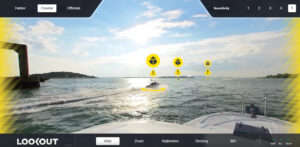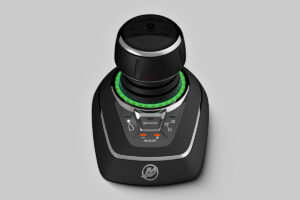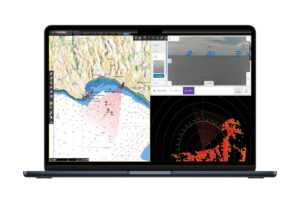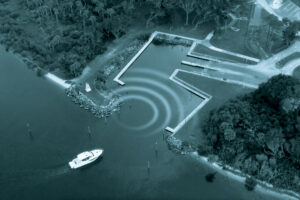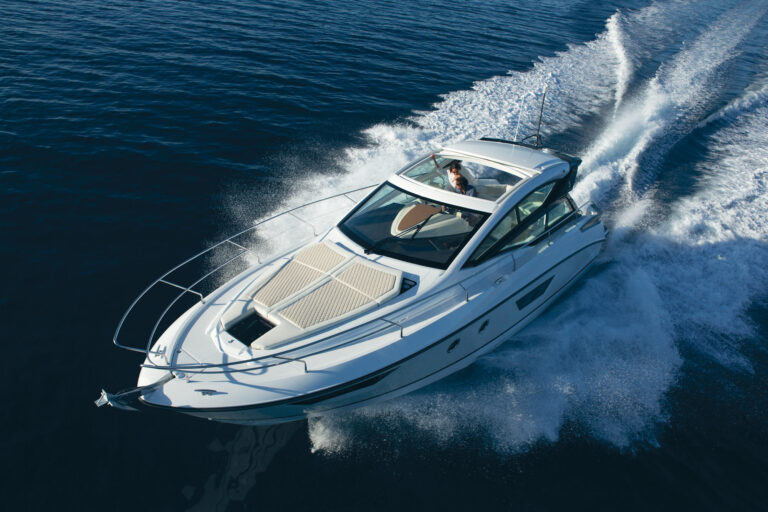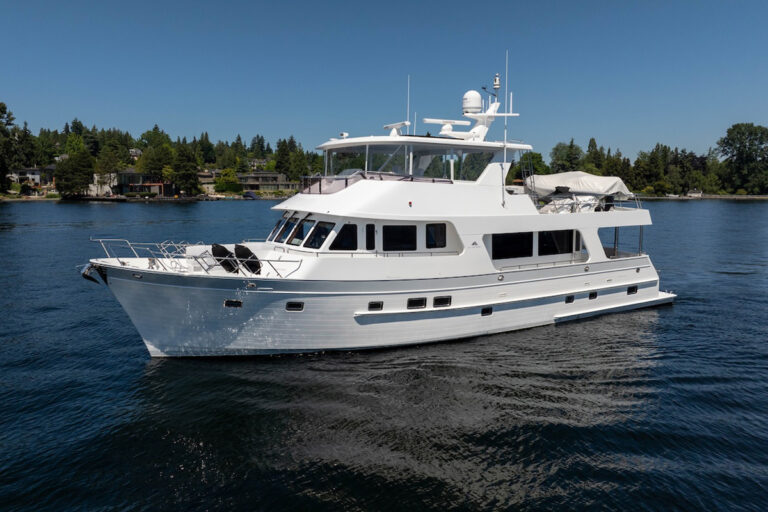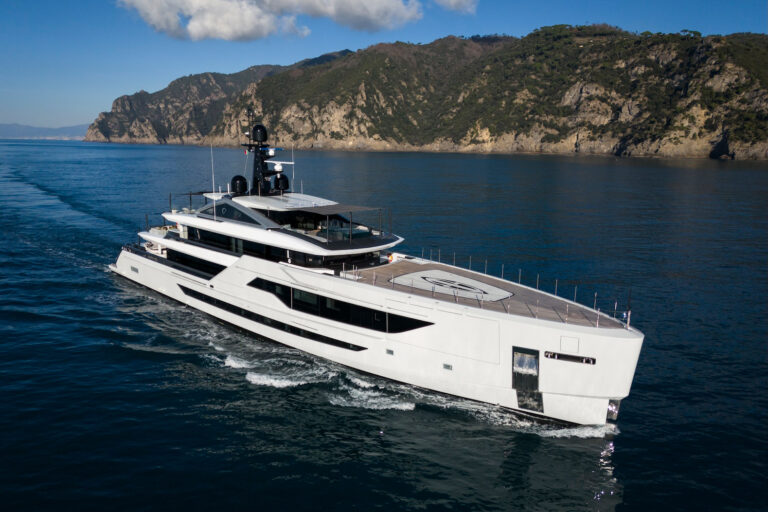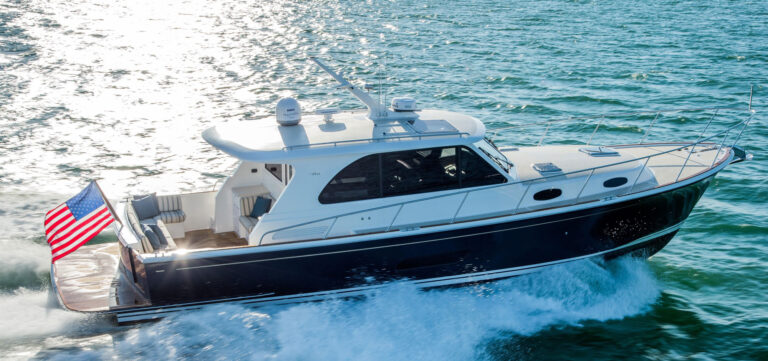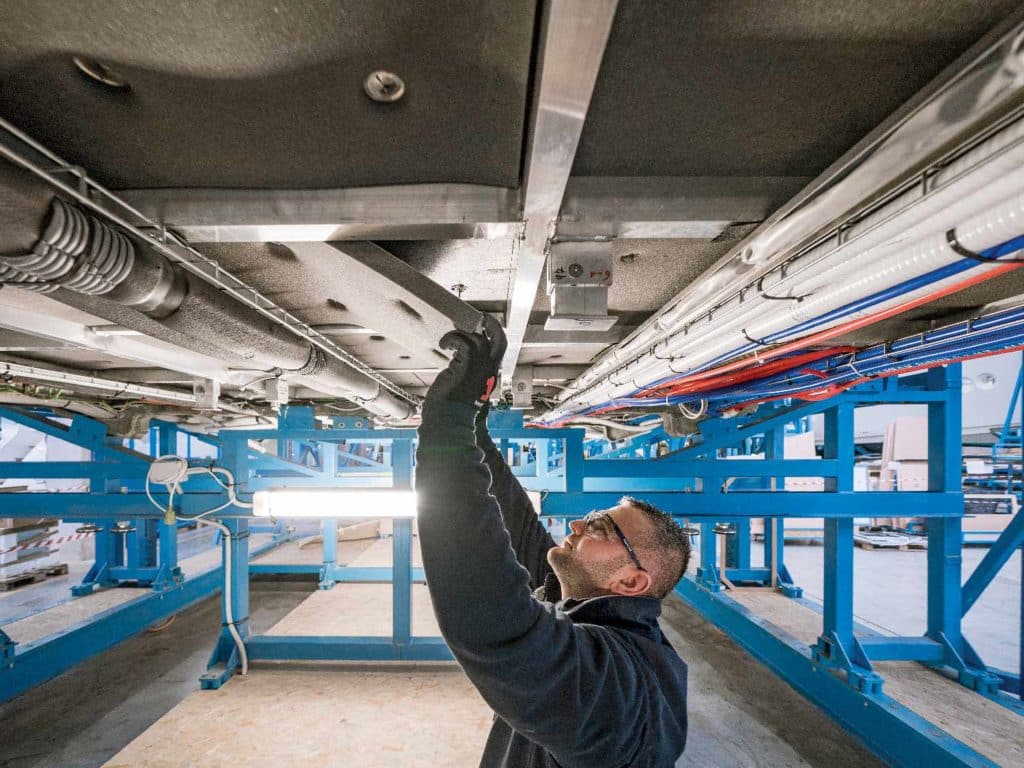
Buying a new yacht is an exciting, and sometimes complicated, process. it’s hard to get everything at the helm right on the first try, or to anticipate what kinds of electronics might come along next. That’s why planning for future refits is just as much a necessity as ordering everything brand-new today.
Future-proofing a helm includes researching how a yacht is constructed, to better understand its down-the-road accessibility options. The task also can include working with a builder to augment data backbones or power supplies, and working with a top-notch marine electronics shop to spec and install a package that lends itself to upgrades.
Different builders and refit shops do things in different ways. Nordhavn, which builds oceangoing yachts from 48 to 120 feet length overall, recently began factory-installing Maretron backbones (NMEA 2000) and vessel-wide USB outlets, giving yacht owners options for the future.
“We’re not always the first company to use the latest and greatest. We like proven technology,” says Mike Telleria, Nordhavn’s electrical-systems designer and technical writer. “This is new for us. Before, customers had to request it.”
Nordhavns are built with PVC tubing serving as wire runs, keeping cabling organized, discrete and protected. Buyers with long-term plans tend to request extra-wide tubes.
“It’s worth putting in PVC pipes with lots of room and little [messenger] strings so that people can pull [future wire],” he says.
Likewise, savvy buyers think about future power-supply needs: “We [deliver] more capacity than the boat we’re building requires,” Telleria says. “This helps for refits, as you’re not running power cables. It’s much more plug-and-play.”
On the opposite end of boatbuilding’s philosophical spectrum is Monte Carlo Yachts, which aims to achieve the same goal in a different way. That shipyard uses aluminum frames on interior modules when constructing yachts. “It guarantees complete access to wires and sensors,” says Fabrizio Iarrera, managing director.
Monte Carlo Yachts’ technicians pre-assemble roughly 90 percent of all electronics and associated wire runs in or around the interior modules, he says: “Almost all electronics are assembled before the interior module and the hull are joined.” Once complete, the interior module is fitted and glued into the hull, leaving room in the bilges. “All electric and hydraulic cables are installed just below the aluminum floor, giving almost unlimited [inspection] possibilities and favoring the addition of extra cables,” Iarrera says. “Any refit activity [is] much easier.”
Another important philosophical difference between these boatbuilders (and many others) is their approach to specifying electronics. Monte Carlo Yachts typically equips its yachts with user-customizable Raymarine and FLIR electronics packages, while Nordhavn directs its customers to a network of marine electronics shops, which design a package for installation at Nordhavn’s overseas factories or at the installer’s shop.
There are advantages to both installation routes. One important consideration, says Larry Schildwachter, owner and founder of Emerald Harbor Marine in Seattle, is the manufacturer-supported shelf life of the electronics. Given the lead times for new-build Nordhavns, a common pitfall involves purchasing the electronics too early (see sidebar).
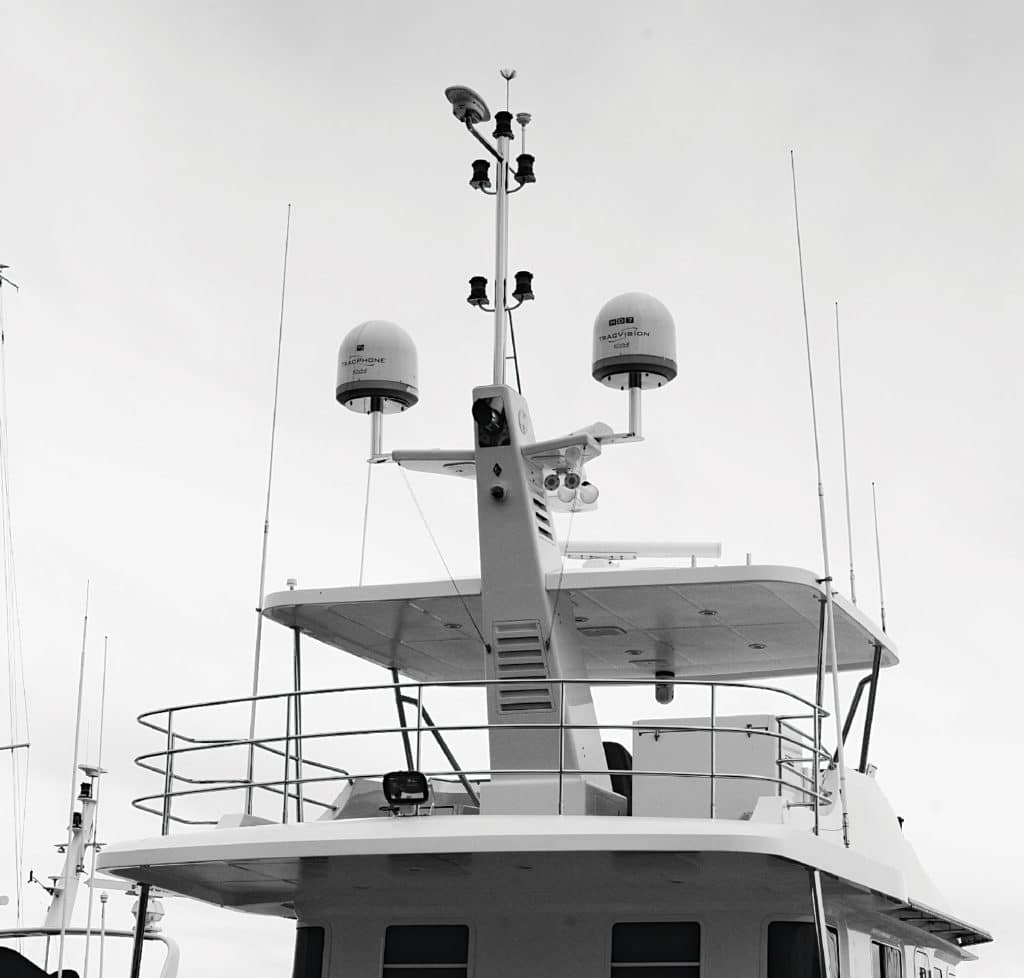
“It’s critical to maximize product run time for satellite-communication equipment,” says Schildwachter, adding that he often consults with a customer for months or even years prior to purchasing electronics equipment. “Our preference is for the owner to bring the boat here and do the electronics installation at the end. The owner gets what they want, and we know where every connection is.”
That last point is significant for owners who plan to have the same shop service a yacht’s electronics year on year, and it can make a big difference for globe-girdling cruisers. For example, Schildwachter says, Emerald Harbor Marine creates a bespoke schematic for each new or refit yacht, providing a road map to the vessel’s central nervous system.
“The biggest advantage is that it lengthens the serviceability of the yacht’s current electronics package,” Schildwachter says. “As an owner travels the world, techs who have never been aboard can zero in on any issues.”
In all cases, a detailed schematic will help a commissioning shop or future technicians if troubles arise, or as equipment is upgraded.
“Schematics make a night-and-day difference when refitting a yacht,” Schildwachter says. “It helps installers plan where pieces of equipment will go.”
Two additionally important decisions an owner can make during any yacht’s build are whether to spec multifunctional displays or marinized black-box computers networked with touchscreens — and what kind of networks to install.
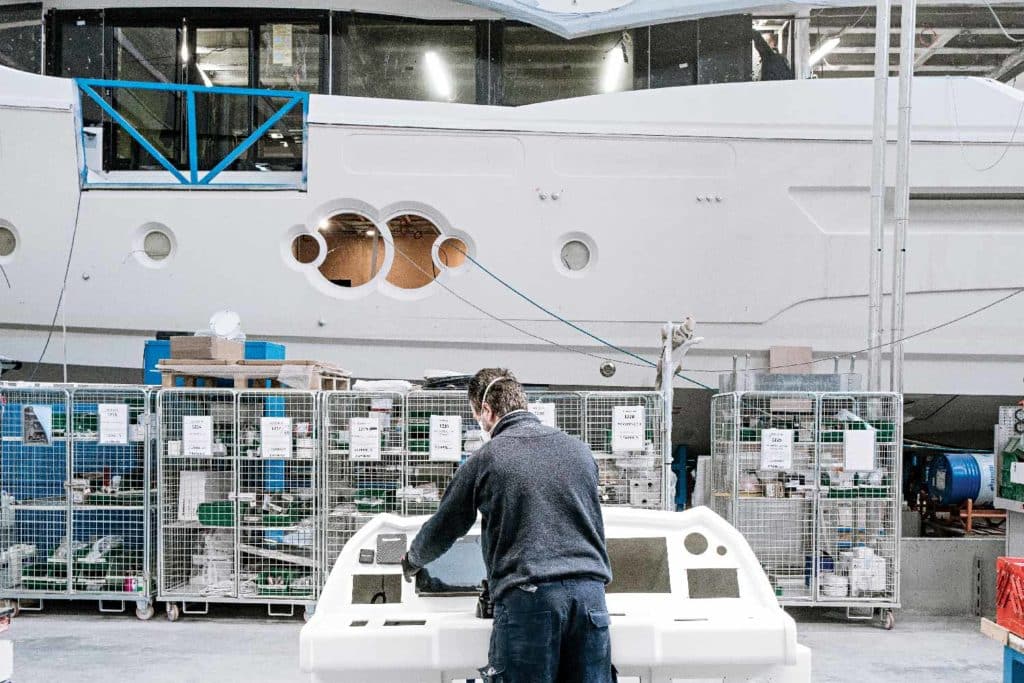
“One of the most important things that we do is to help people decide between a black-box system and an MFD,” Schildwachter says. “Not everyone is a circumnavigator, and MFDs are fine for cruising the San Juans, but 10- to 20-year owners are black-box clients.”
That’s because using black-box systems lets users swap out modules for faster, more contemporary processors and operating systems while continuing to use original screens, provided that the connectors are still compatible. In all cases, Schildwachter says, long-term owners are wise to invest in glass. “Screen size is critical,” he says. “Buy the biggest screens that the boat will tolerate and that you can afford.”
Behind the graphics and glass, yachts rely on networked information that’s typically shared over an NMEA 0183 or NMEA 2000 data backbone. While NMEA 0183 has long been a go-to standard, NMEA 2000 (N2K) has now exited its early-adopter stage, and forward-looking owners are choosing it. A top-notch shop will design an N2K backbone and install it using factory-built fittings, rather than failure-prone field connections. Owners can further consider future-proofing their investment with the addition of NMEA’s coming OneNet standard, which works with N2K backbones and delivers significantly higher levels of network security.
It can be hard to peer a decade or two down the waterways when buying a new yacht, but a good place to start is understanding how its construction style will lend itself to future refit work. Moreoever, it’s important to incorporate the right power supplies, networks and late-model electronics. Yes, these steps add cost, but they also deliver a strong return on investment over the years.
“I always tell my clients that when they get in the dinghy, if they’re not spending more time looking at their boat than where they’re going, they bought the wrong boat,” Schildwachter says.

